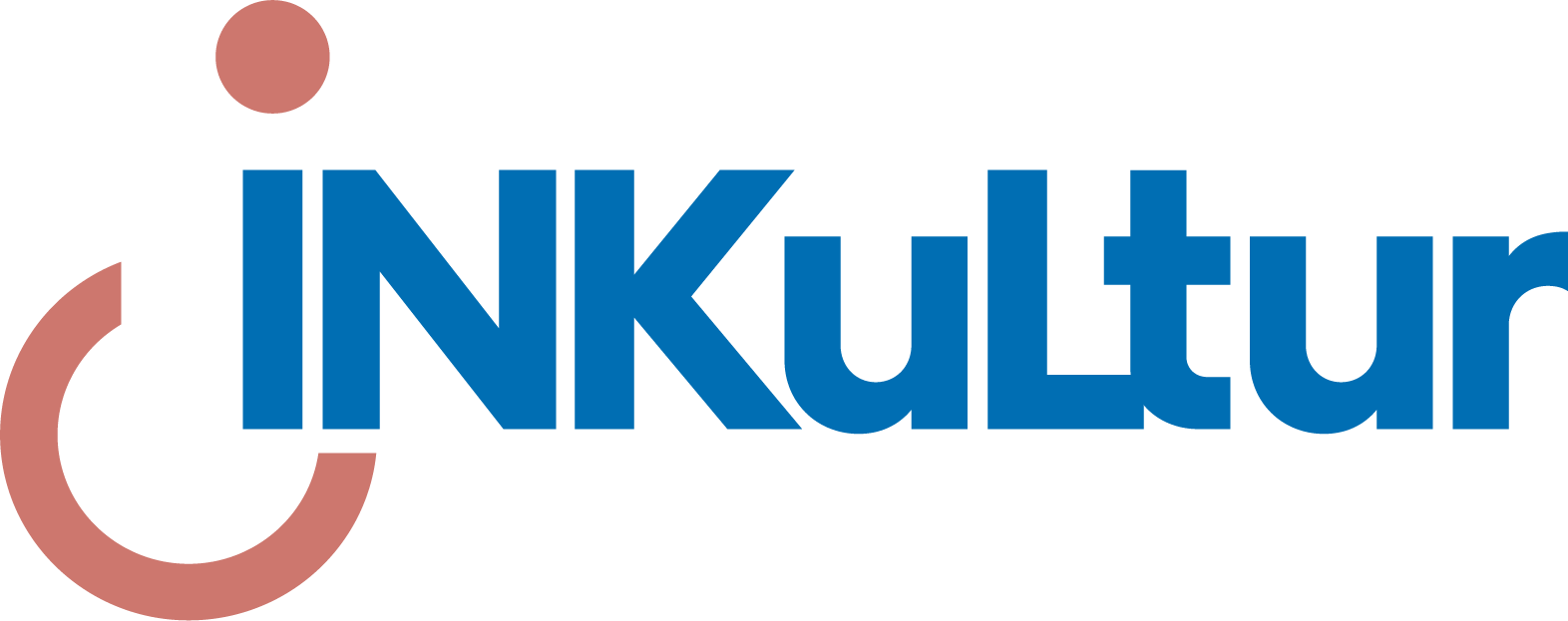Talking about accessibility and inclusion in cultural institutions Part II
To begin a conversation about the inclusiveness of cultural institutions, one first needs to realize what makes cultural institutions different from other types of organizations, what their purpose is etc. So, a cultural institution is an organization whose main activity is to provide various sociocultural, educational, recreational, and entertainment services, as well as an activity aimed at preserving, creating, disseminating, and utilizing cultural values.
The functions of cultural institutions are determined mainly by the national cultural policy, their location, interests, and the needs of citizens. The most significant of the social functions are the preservation of existing cultural fund; creation of new cultural values, forms of contemporary arts, their actualization, and presentation to society; socialization of people, engaging them with the existing cultural values; shaping the standards of attitude towards cultural values, development of abilities; creation of conditions for development, self-fulfillment, active leisure and emotional release of people.
A sociocultural adaptation function, which cultural institutions have also fulfilled recently, ensures the participation of people with disabilities in culture.
What kinds of cultural institutions are there?
- Clubs, like cultural and community centers of different levels.
- Theatrical and entertainment establishments include theatres, cinemas, circuses, concert halls, etc.
- Museum institutions, including memorials, local history, specialized, military and patriotic museums. This category also includes reserve museums, memorial houses etc.
- Libraries, including district, city, national, and school libraries, as well as libraries of higher educational institutions, children’s and youth libraries.
- Educational institutions. These are higher and vocational institutions for culture and arts, children’s art schools, and in-service training institutions.
- Recreational institutions, like urban parks, public gardens, and the like.
To make an art school, a museum, or a public garden inclusive, along with providing technical accessibility, it is necessary to ensure staff readiness to work with visitors with disabilities to a high standard. And it will be the topic of our next publication.
This publication is part of the joint project “INKuLtur – For Inclusion and Participation in Cultural Life” implemented in Ukraine by the Ukrainian Step by Step Foundation and Dialogue for Understanding e.V. (D4U) funded by the German Federal Foreign Office.
“The D4U e.V. is responsible for the content of this publication. It does not necessarily reflect the views of the Federal Foreign Office.”








